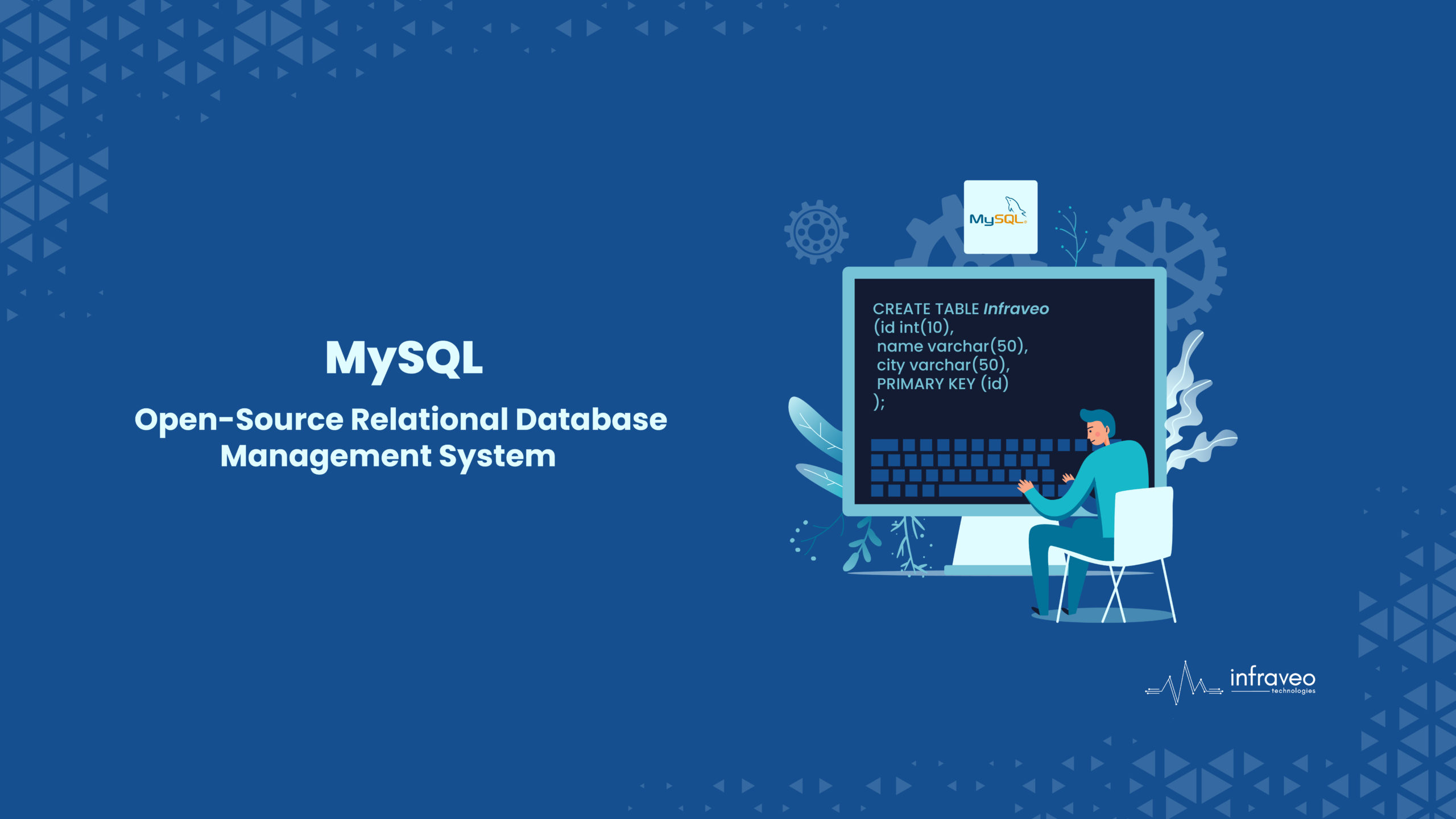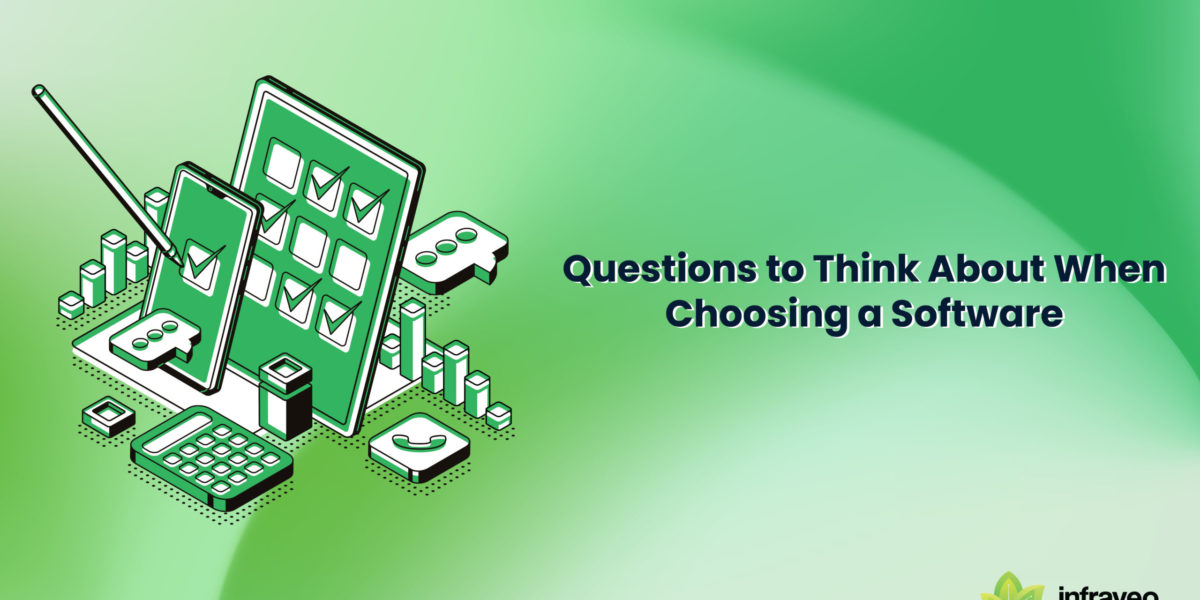Introduction
MySQL is an RDBMS (Relational Database Management System) that uses SQL (Structured Query Language) queries. It is the most used programming language for organizing and accessing table records. Under the terms of the GNU license, it is free and open-source software. It is an abbreviation for database management system that combines the name of co-founder Michael Widenius’s daughter with “My”. In a relational database, arrange data into more than one table to the place where it connects to other data. This structures the data. Use the programming language SQL to create, change, and extract the relational database’s data. This restricts the database users from accessing the data.. Under the terms of the GNU General Public License, MySQL is free and open-source software. It is also offered under several proprietary licenses.
What is MySQL?
MySQL is a relational database management system built on SQL for use as a web database. Its use cases vary from data cleansing, data warehousing, e-commerce, and logging software, to an online portal. This is where applications are stored, whether they consist of a single record or a full product inventory.
Key Features Of MySQL
Ease of Management:
Downloading and using the program are both quite simple processes.
Scalable:
Scaling is possible whenever you want using MySQL. The creation of data warehouses having vast amounts of data is quite simple.
High performance:
It helps with quick applications with various memory caches.
Complete Data Security:
Only authorized users can access the database to ensure total security for the data.
Cost Free:
This database’s main benefit is that there is no licensing price for users to pay; instead, they may download it for free from the official website.
Customizable Code:
Software developers have the flexibility to adapt the source code to suit their own applications as it is an open-source tool. Users on the web can access the source code for free. The GNU General Public License, also known as the GPL (General Public License), lays forth the dos and don’ts of software use.
Why Is MySQL Used?
Data Security:
After the creation of a database, it is advisable to figure out and develop a security policy before giving database users access. It is a good rating in terms of data security Because of this, the most well-known web applications in the world, like Facebook, Instagram, Joomla, Twitter, etc., trust it.
High Availability
Any web or mobile application, whether it is social, enterprise, or web, depends on data to function. As a result, all these apps have data availability as their high priority and cannot afford any downtime, not even for a little period. High availability refers to the flexibility of an application to function in the case of an error. Failure may be due to hardware issues, host, database, or OS technological flaws, or it may be a combination of these.
Cloud Service
The Oracle Cloud, Amazon EC2, and Microsoft Azure are just a few of the cloud computing platforms on which this database may be implemented. MySQL is available “as a Service” on cloud platforms like Oracle Cloud, allowing users to deploy MySQL Server in the cloud. Users may therefore manage databases through the cloud platform instead of having to install them on their local servers. Installation, management, and support of databases will be managed by cloud service owners.
Conclusion
Positive evaluations for MySQL have been released, and they point out that it “performs really well in the average scenario” and that “developer interfaces are present, and the information was quiet, extremely good. A “fast, reliable, and genuine multi-user, multi-threaded SQL database server” test has also been performed on it.




